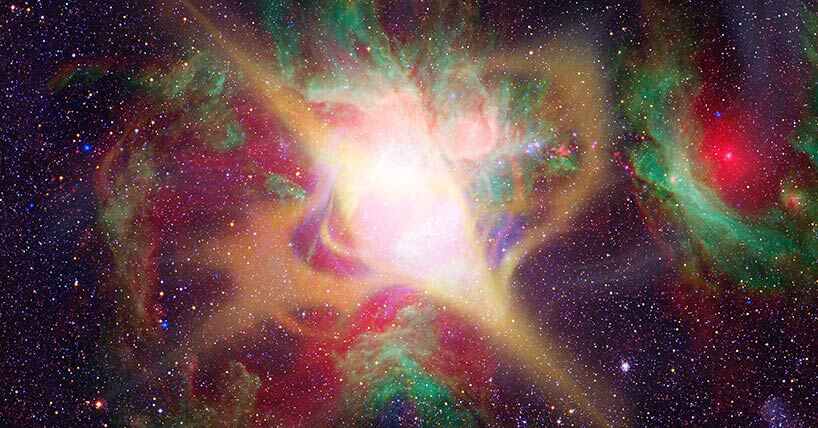THE LATEST
Spinning neutron stars and the birth of enormous magnetic fields

UK scientists unravel the mystery behind low-field magnetars
A groundbreaking study led by an international team of researchers has revealed the long-sought mechanism behind the formation of low-field magnetars—neutron stars with incredibly powerful yet comparatively weaker magnetic fields than their highly magnetized counterparts.
The team modeled the magneto-thermal evolution of neutron stars using advanced numerical simulations. Their findings highlight the Tayler-Spruit dynamo, triggered by the fallback of supernova material, as a crucial factor in the development of these magnetic fields. This discovery resolves a decade-old puzzle that has intrigued astrophysicists since identifying low-field magnetars in 2010.
Decoding the magnetic marvels of the Universe
Dr. Andrei Igoshev, the lead author and a research fellow at Newcastle University's School of Mathematics, Statistics, and Physics, emphasized the significance of this discovery:
"Neutron stars are born from supernova explosions. While most of the outer layers of a massive star are expelled during the explosion, some material falls back onto the newly formed neutron star, causing it to spin faster. Our study demonstrates that this process is fundamental in generating magnetic fields through the Tayler-Spruit dynamo mechanism. Although this mechanism was theorized nearly 25 years ago, we have only now been able to reproduce it using computer simulations. The magnetic field generated this way is incredibly complex, with an internal field much stronger than we observe externally."
Magnetars are known for their astonishingly strong magnetic fields, which can be hundreds of trillions more potent than Earth's. These intense fields make magnetars some of the brightest and most variable X-ray radiation sources in the Universe. Surprisingly, some neutron stars with significantly weaker magnetic fields exhibit similar X-ray emissions, classifying them as low-field magnetars. This study provides the most apparent evidence that a dynamo process—where the movement of plasma generates magnetic fields—can explain their formation.
Supercomputer simulations and the future of neutron star research
This discovery not only answers a long-standing question in astrophysics but also paves the way for future research into the intricate nature of neutron star magnetism. Dr. Igoshev is leading the establishment of a new research group at Newcastle University dedicated to further exploring these fascinating cosmic objects. By harnessing the power of supercomputer simulations, his team aims to investigate the hidden mechanisms that govern the life cycles of neutron stars.
"The universe is full of mysteries waiting to be unraveled," Dr. Igoshev noted. "With advanced simulations and innovative research, we are one step closer to understanding the incredible forces shaping the cosmos."
This breakthrough highlights the power of collaboration and cutting-edge technology in unveiling the secrets of the Universe, inspiring the next generation of scientists to push the boundaries of astrophysical exploration.
